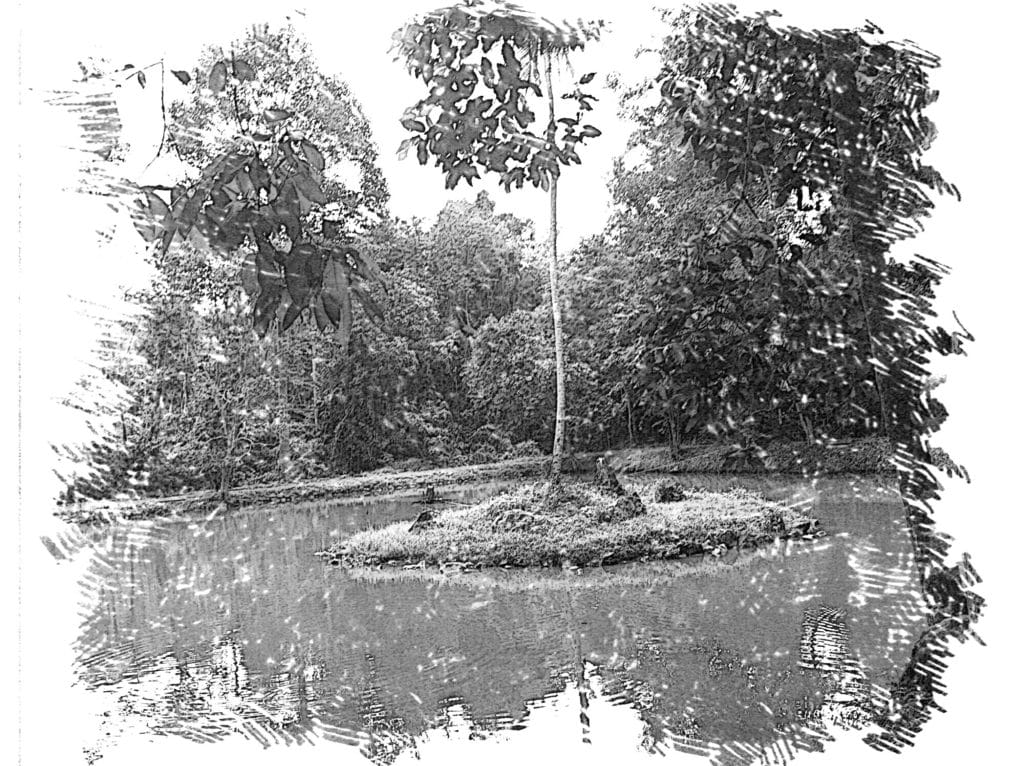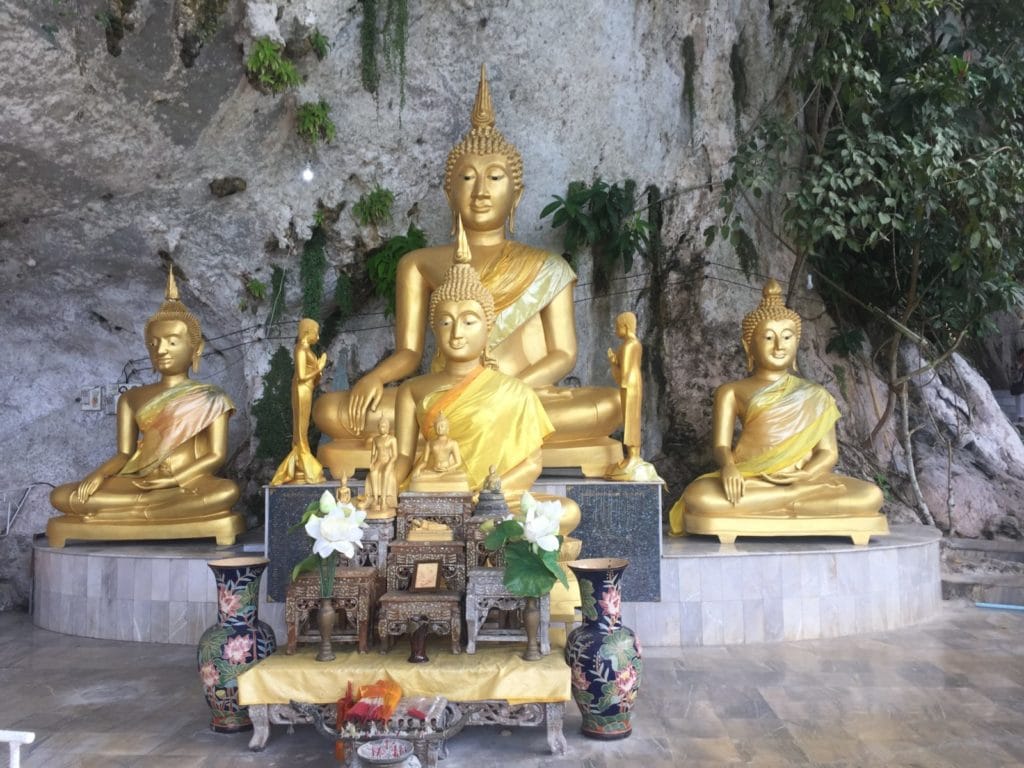Many articles and most of the scientists agree that mindfulness meditation has a profound effect on your body and mind. It is always the question of how to apply Mindfulness meditation in everyday life. Some of the well-described benefits are made through improvements to your well-being, increasing your chances of leading a happy life.
Being mindful not only enables you to enjoy good things fully in life as they occur and helps you to be truthfully engaged in activities, but it also increases your ability to deal with undesirable events. By focusing on the here and now, you are accepting that the past is gone, and the future is yet to come and is unknown to us. Remember, this does not mean you shouldn’t plan for the future, or that you shouldn’t learn from the past. It only means that you should work on the things that you can influence and that you should accept those that you cannot.
Mindfulness, especially in combination with yoga or another physical activity, improves physical health. Mindfulness can help relieve stress, sometimes lower blood pressure, and reduce chronic pain. It can also improve sleep.
Mindfulness improves mental health, reducing your risk of depression, substance abuse, eating disorders, and anxiety.
How to Practice Everyday Mindfulness
It is hard, but still easier to practice mindfulness meditation in your quiet room than to adopt that mindset in your everyday life. In sitting meditation, you can use the anchor for your attention by developing the awareness of one particular part of the experience at the moment, such as breath awareness.
That anchor helps you to see when the mind has drifted away to some other area. By contrast, in everyday life, you do not have such reminders; you have no peace of mind to remind you to be mindful. Instead, you are often distracted by daily events. You need an anchor point.
How do you choose a reference point to serve as your anchor? It is best to choose an activity that you regularly perform, something you do every day, and several times a day. The simpler, the better. There are many things to do, say, 3-4 times a day. For example, you can choose the moment of passing through a doorway or picking something up. When you start working with a reference point, you’ll probably miss it a lot of times before you remember it. You may remember your tasks only in the evening when you lie in bed.
When to practice Mindfulness meditation in everyday life?
It’s not a problem if you do not think about it at any point in the day, and then it comes to mind in the evening. That moment is the same as when you realize in sitting meditation that the mind has lost its breath. Then you know: “I am here now, and I forgot to do what I intended.” This moment is not proof that you are unable to practice, but just the opposite! Because at that moment, your exercise just started. So, look at what is happening right in front of you, without disappointment or self-judgment.
When you go through the door, observe that at this moment, you are going through the door. You can extend the awareness for a few seconds after that, but do not ask too much of yourself.
One of the best areas for exercising intent is speech. Paying attention to what you are saying can be a massive challenge. Often, you speak automatically, without even considering what you are about to say. It is a good practice to stop before you talk — take a moment’s break. You should remember to stop! Then you will be able to recall that you will say something, that all speech has intentions, and if you are careful during this break, you have the opportunity to, firstly, look at what you will say, and secondly, what motive is behind it.
Then you will know clearly what your motives are and when they will not produce the desired result. This realization should not be a source of self-criticism and self-control, but rather an opportunity to learn from the moment. Thus, when you realize that some motivations will lead to pain and suffering, for you or others, you will have the choice to leave it behind.
Be aware of the present moment
The present moment is the only place where you can decide what will be your answer to what life puts before you. The past is irreversibly behind you; there is no more, except for memories in your mind and this very moment. The future doesn’t exist either, except as thoughts in the present moment. So, all this exists only now, created through a mixture of causes and conditions, most of which you cannot control either. The one and only choice that is under your control is your reaction here and now.
When you notice that your mind begins to preoccupy you with thoughts of the future or the past, gently restore it to the present moment by looking closely at the sky or the people around you.
Practice enhancing your awareness, for example, by waiting until the phone rings three times before you answer. Be aware of the jobs you are doing; making your bed, washing dishes, getting dressed, etc.
Even though the reward is valuable, it is a big challenge as well. Thus, it is necessary to arm yourself with patience. Countless times, you will realize that you have forgotten to do that. Be compassionate toward yourself. Be persistent in your practice, and you will eventually succeed, because what is the alternative? Even more absence and distraction? Your determination will slowly begin to break the barriers of unconscious habits and patterns of thinking that keep you separate from reality and far from the truth of the present moment, far from yourself.
I don’t have time to meditate!
People often complain that they do not have time to meditate. If you are one of those, try the following to bring awareness to your daily life. Remember the three things you do every day. Let’s say walking to work or school, lunch, and brushing teeth. Then link those activities to mindfulness exercises.
Walking + Mindfulness: Every morning, when you go to work, school, or anywhere else, become fully present for at least a few moments. Connect with all your senses. Smell the air, feel the freshness of the air on your face, body movements, and the contact of your feet and ground. When you notice that your mind is beginning to wonder about the future or the past, gently bring it back to the present moment by gazing at the sky or the people around you.
Lunch + Gratitude: Before or during your meal, spend 20 seconds consciously appreciating that you have food on your plate. Remember where that food came from, who made an effort to make it (including maybe one of your family members), and how lucky you are to live in a country where there is enough food. Recognize that sense of gratitude and how it contributes to your overall mental state at that moment.
Brushing teeth + something good: When you brush your teeth in the evening, develop the habit of reminding yourself of at least one good thing that happened to you, or you did that day. Maybe you had a nice conversation with a friend, someone gave you something, you treat yourself with a yoga class, or you did some chore to help someone. Close your eyes for a moment, recall that situation, and remember it for a few moments. Soak it in and absorb the good it has brought.
You need to practice every day
There are many ways to achieve peace of mind. Meditation is one of the most helpful tools to do just that. It does not matter which technique or method you choose. It is important to be persistent in your practice and patient in expecting the results. You really must practice (almost) every day to be able to have some results. It can be hard at the beginning, but once you develop the habit, it gets much easier, and it becomes the part of who you are.
Just be mindful, and do not give up.
If you want to know more
If you want to learn more about things I write about, check out my books. See also what the goal of this web site is.
You can check out my other post about Mindfulness.
Enjoy reading!
I invite you to use all the resources I provided for you and to share your thoughts and comments.
If you like this post, please subscribe here, get FREE E-BOOK NOW, and get a notification when future posts are published. Also, share with your friends and Like on social media using buttons below.
Share


